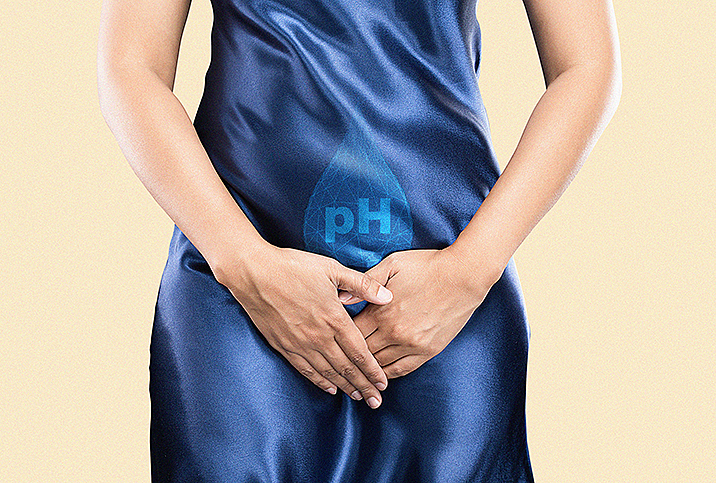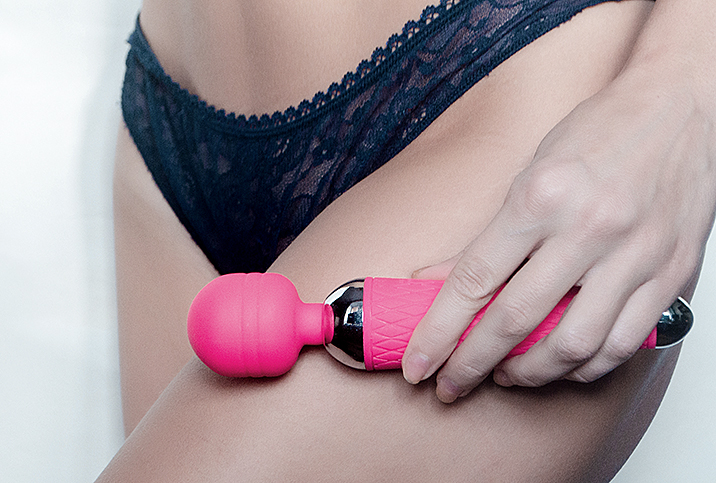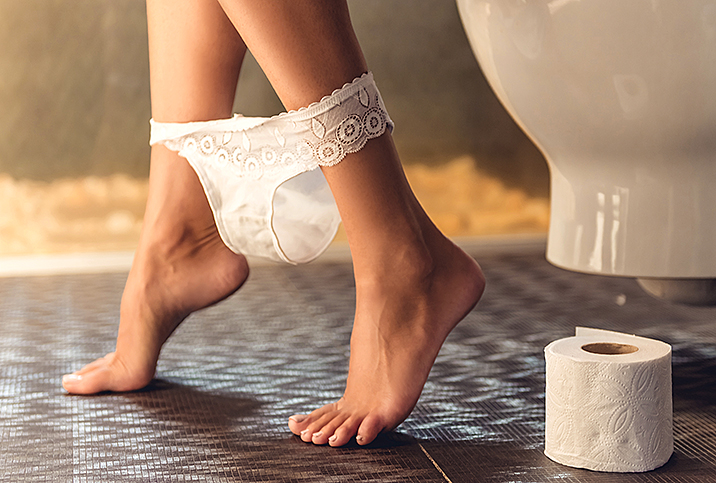What You Should Know about Bacterial Vaginosis

Bacterial vaginosis (BV) is a common condition many women will experience. BV is the most common vaginal condition in females between the ages of 15 and 44, and impacts roughly 29 percent of females ages 14 to 49, according to the Centers for Disease Control and Prevention (CDC).
What causes BV?
Contrary to popular belief, bacterial vaginosis is not a sexually transmitted infection (STI) or disease (STD). You can get BV even if you've never engaged in sexual activity. The truth is, medical professionals still aren't 100 percent sure how bacterial vaginosis develops, but certain factors can increase your chances of developing BV:
- Unprotected sex
- Sex with a new partner
- Sex with a female partner
- Douching
- Smoking
- Scented soaps
- Bubble baths
- Intrauterine device (IUD)
You never know what's going to disrupt your pH levels and put you at risk for bacterial vaginosis. For example, there is inconclusive evidence about the connection between douching and BV.
How to tell if you have BV
Common symptoms of bacterial vaginosis include:
- Fishy odor in the vagina (particularly after sex)
- Itching of the vulva or vagina
- Burning sensation when urinating
- Thin gray, white or green discharge
Bacterial vaginosis has resulted in reports from some women of vaginal (particularly during sex) and abdominal pain. If you have any of these symptoms, you should visit your gynecologist, who can confirm your diagnosis.
Nearly half of all women with BV never know they have it. And while bacterial vaginosis can clear up on its own, it doesn't always, and when it doesn't, the infection can become more serious. Untreated BV can make a woman more prone to other infectious agents that cause pelvic inflammatory disease (PID), which may lead to infertility.
Treatment for bacterial vaginosis
The most common treatment for BV is an antibiotic, which might be prescribed in a pill, topical gel or cream. It's important to take the medicine in full for as long as prescribed, even if your symptoms subside. You should refrain from alcohol and sex during this time.
If you have a female partner, she should also get tested for bacterial vaginosis to ensure she doesn't spread it back to you.
Recurrent BV
Some women's BV returns within three months to a year after treatment. In this case, antibiotics could be prescribed for a prolonged duration. An antibiotic vaginal gel or cream may also be prescribed to be used after sex as a prophylactic dose. Doctors aren't sure why bacterial vaginosis comes back in some women and not others, but dealing with these symptoms for an extended period of time can be frustrating.
If you continue to get bacterial vaginosis despite antibiotics, you can take other steps to increase your chances of eliminating it. Replenish good bacteria by taking a probiotic, specifically one that contains lactobacillus bacteria. This can help restore your vagina's natural pH and make it difficult for bacterial vaginosis to survive. Some women also like to eat probiotic-rich foods such as yogurt that contain lactobacillus.
Other natural treatments include boric acid suppositories, which can kill BV. However, they can also kill the good bacteria in your vagina. Vitamin C vaginal tablets are frequently used in Canada and have just been introduced to U.S. markets. Check with your gynecologist, however, before inserting any vaginal products.
Many women will experience bacterial vaginosis at some point in their lifetime, so don't panic if you receive a diagnosis. Before you undertake any treatment for BV, however, check with your doctor, so you don't irritate the condition and suffer unwanted side effects.


















